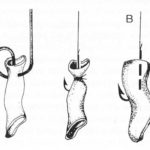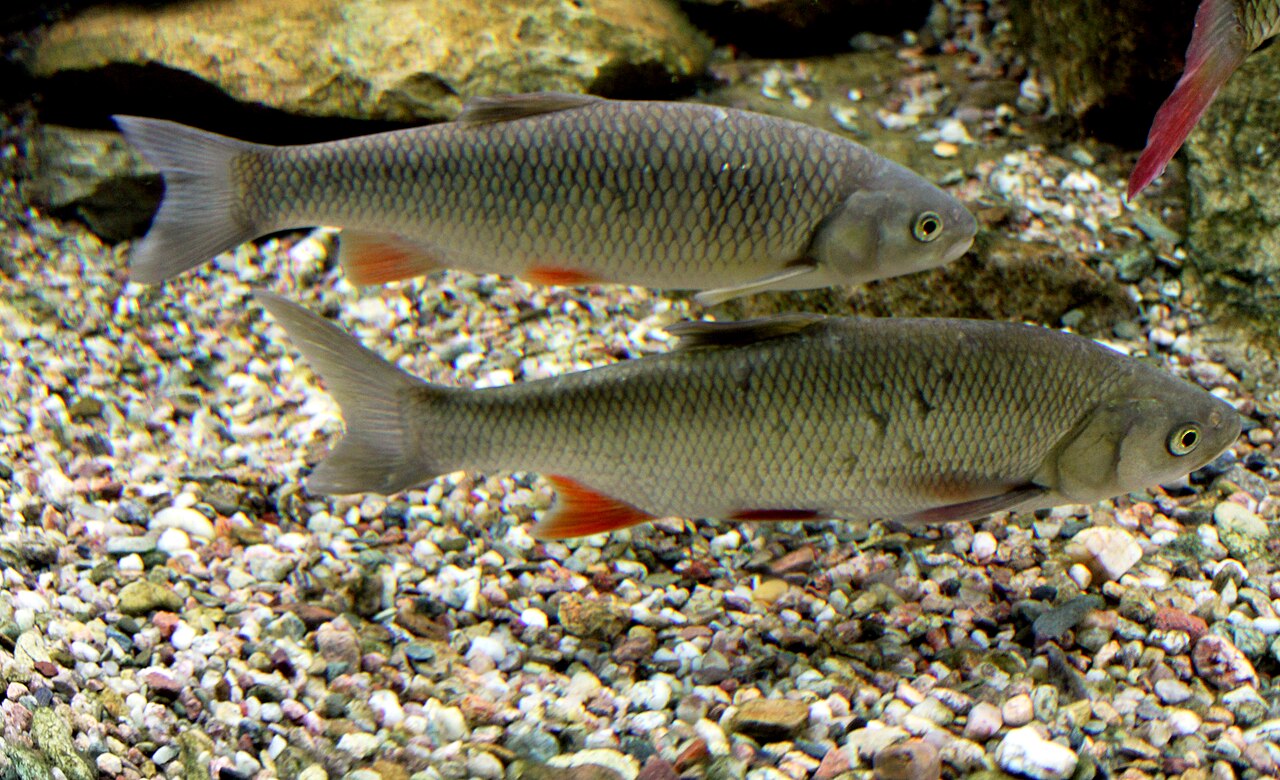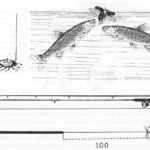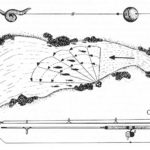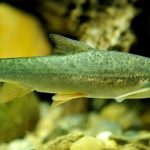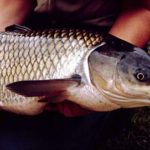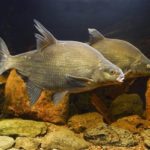Kleń
Co do słuszności powszechnego zaliczania klenia do grupy mniej cennych ryb powinniśmy, we własnym interesie, wyrazić pewne wątpliwości. Na ile to zaklasyfikowanie jest słuszne ocenimy przyjrzawszy się przyczynom, które je uwarunkowały. Dopóki jednak nie znajdziemy wiarygodnych dowodów spróbujmy wspólnie spojrzeć na te cechy klenia, które mogłyby skłaniać do przyznania mu zaszczytniejszej rangi.
Klenia powinniśmy wysoko cenić już choćby dlatego, że skłonny jest naprawiać to, co my zepsuliśmy. To znaczy, że wykazuje ochotę do zasiedlania nawet cieków zanieczyszczonych, bezmyślnie regulowanych czy poznaczonych innymi cywilizacyjnymi chorobami. W wielu wodach sytuacja zaostrzyła się już na tyle, że „kanarek” dawno nam uciekł, a funkcję „wróbla w garści” musi teraz pełnić właśnie kleń.
Zdolności adaptacyjne tej ryby doprawdy nie znają granic ani przeszkód, a obszar jej występowania rozciąga się od nizin aż po wysoko położone wody -do 1500 m n. p. m. Kleń szybko się zadomawia na każdej wysokości, w każdym typie płynących i stojących wód.
Za optymalne środowisko życia tej płochliwej i nieruchawej ryby można uważać podgórskie potoki i rzeki o naturalnym bogatym ukształtowaniu koryta, w których na przemian występują jednostajne odcinki o silnym prądzie i żwirowym dnie oraz głębokie zakola, w których dużo jest kryjówek, zwłaszcza w labiryntach korzeni przybrzeżnych roślin. Taki typ środowiska zapewnia kleniowi wszystko, czego potrzebuje: ma tu dobrze natlenioną, dobrej jakości wodę, odpowiedni wybór pokarmu bentonicznego i nanoszonego opadającego na powierzchnię, a w zakątkach głębin może czuć się bezpiecznie. W wodach tego typu kleń w pełni dochodzi do głosu i w decydującej mierze wpływa na skład rybostanu; jego udział dochodzi do 30—50%.
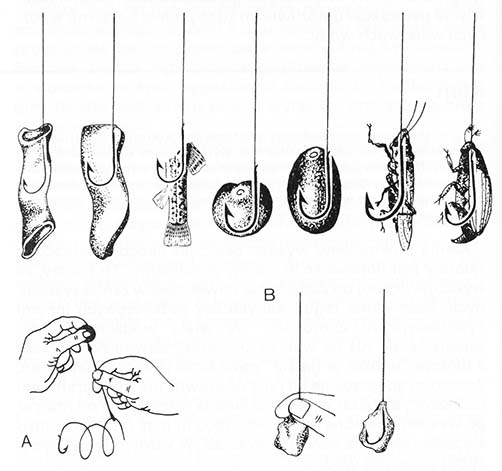 Wszystkożernego klenia można łowić na rozmaite przynęty:
Wszystkożernego klenia można łowić na rozmaite przynęty:
A – owoce można zakładać na haczyk przez nawlekanie igłą wędkarską B – skórkę chleba ugniatamy tylko częściowo, na trzonku haczyka – by sprawiała naturalne wrażenie.
Ostrożność klenia i jego zwyczaj ukrywania się trzeba właściwie rozumieć: kryjówki jako celu samego w sobie nie potrzebuje i jeżeli nie musi, nie zagląda do niej. Odpowiednie miejsce w jego bliskości stanowi jednak dla klenia warunek poczucia bezpieczeństwa. Schronienia szuka tylko w sytuacji zagrożenia, w innych przypadkach pozostaje zawsze na zewnątrz, na którymś z ulubionych stanowisk żerowych – w zasadzie wszędzie tam, gdzie jest obfitość pokarmu. Raz może to być tuż pod powierzchnią, gdzie oczekuje dopływu smakołyków z drzew czy brzegów, kiedy indziej – zwłaszcza po zmroku – gromadzą się klenie na granicy prądów i wód spokojnych. Nocą przeszukują płycizny, przy podwyższonym stanie wody lubią odcinki, gdzie są wsteczne prądy, w pobliżu aglomeracji miejskich chętnie zatrzymują się przy ujściach kanałów itp. Kiedy kleń szuka pożywienia, dostrzeżona zostanie nawet najmniejsza okruszynka znajdująca się w jego szerokim polu widzenia. Nie waha się wypływać z dna na powierzchnię z powodu unoszonego przez wodę drobiazgu, byle tylko zaspokoić ciekawość. O ile to, co zobaczy nadaje się do jedzenia, zostanie przez niego skonsumowane.
